The harvest festival of Mizoram is a vibrant tapestry of colours, traditions, and jubilant celebrations that showcase the rich cultural heritage of this northeastern Indian state. These festivals, deeply rooted in the agricultural cycles and spiritual beliefs of the Mizo people, offer a unique glimpse into the state’s ethnic identity. From the exuberant Chapchar Kut to the solemn Pawl Kut, each festival is a testament to the Mizo community’s deep connection to nature and their shared reverence for its bounty.
Location
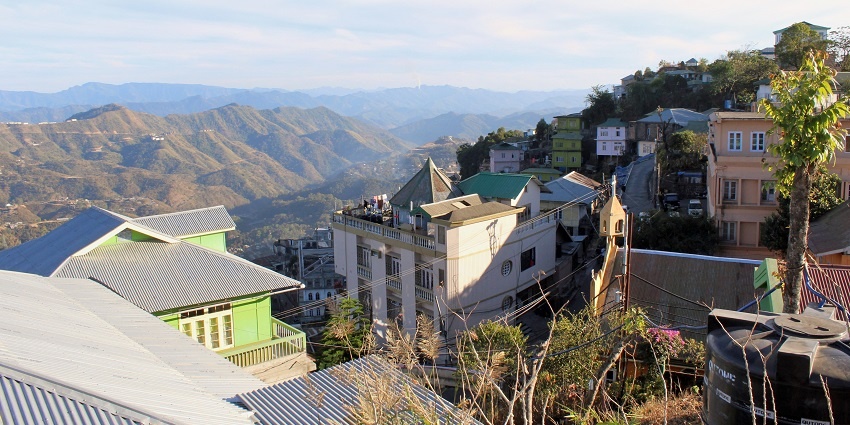
Photo: R london / WIkimedia Commons
The Assam Rifles Ground and the Millenium Center in Aizawl are popular venues for large-scale harvest festival celebrations. The harvest festivals are celebrated across the state’s diverse landscapes, from the lush bamboo forests to the rolling hills.
Suggested Read: Things To Do In Mizoram To Witness Majestic Beauty At Its Peak
How To Reach Mizoram
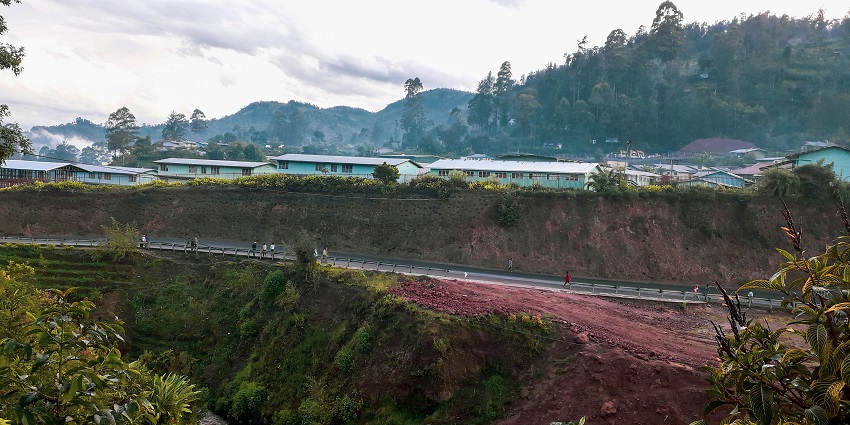
Photo: Dicky Wauyari / Unsplash / Image For Representation Only
Reaching Mizoram for the harvest festivals can be an exciting journey. To reach the state, you can opt for the following modes of transportation:
By Air: The easiest way to reach Mizoram is by flying to Lengpui Airport in Aizawl, with regular connections from key cities such as Kolkata, Guwahati, and Imphal.
By Rail: The nearest railhead is at Silchar in Assam, about 180 km from Aizawl. From Silchar, you can take a taxi or bus to reach Aizawl.
By Road: Mizoram is accessible by road from neighbouring states. Buses and shared taxis operate from Guwahati and Silchar, offering scenic journeys through the Northeast.
Top 8 Best Harvest Festivals Of Mizoram
Here are the top 8 harvest festivals in Mizoram:
1. Pawl Kut – Lunglei
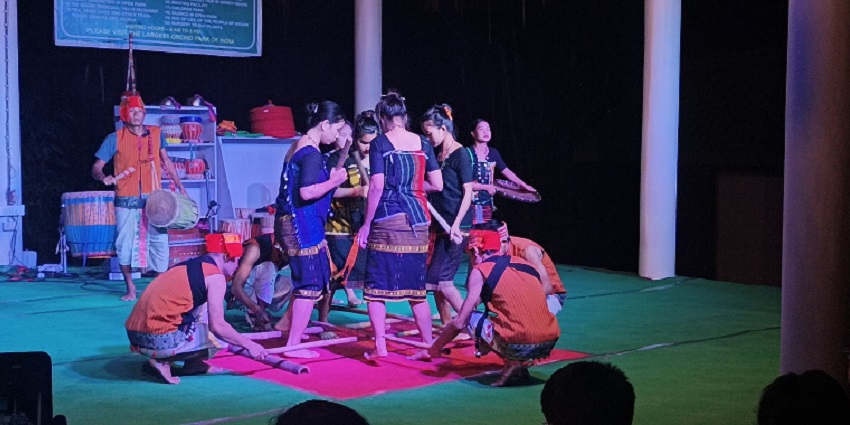
Photo: Keenpaul / Wikimedia Commons
Lunglei, the second-largest city in Mizoram, hosts the significant Pawl Kut festival. This winter harvest festival, typically held in December, is a time of thanksgiving for the year’s harvest. The festival centres around community feasts, traditional dances, and sports competitions.
The Lunglei Stadium becomes the focal point of the celebrations. Visitors can experience the warmth of Mizo hospitality through community feasts, witness traditional dances like Khuallam and Chheih Lam, and enjoy local sports such as wrestling and bamboo climbing competitions.
Best Time To Visit: Usually celebrated for two days in December
Entry Fee: Free entry to most events; some cultural programs may have a ticket fee
Suggested Read: Places To Visit In Mizoram
2. Mim Kut – Champhai

Photo: R london / Wikimedia Commons
Champhai, known as the ‘Rice Bowl of Mizoram,’ celebrates the unique Mim Kut festival. This autumn festival, usually held in August or September, honours those who have passed away during the year and celebrates the harvest of maize, the first crop of the season. The Champhai College ground serves as the main venue for cultural programs and rituals. The Cheraw dance, or bamboo dance, is a highlight of the festivities, showcasing the cultural heritage of the Mizo people.
Best Time To Visit: August or September
Entry Fee: NA
3. Thalfavang Kut – Hnahthial

Photo: Smitam Lifestyle / Wikimedia Commons / Image For Representation Only
Hnahthial, a picturesque town in southern Mizoram, hosts the Thalfavang Kut festival. This autumn festival, celebrated in November, marks the completion of the weeding of crops. It’s a time of relaxation and merry-making before the harvest season begins. The Hnahthial Community Hall and surrounding areas transform into festive grounds. Visitors can enjoy traditional Mizo dances, music performances and participate in community games. The festival is known for its display of Mizo handicrafts and traditional attire.
Best Time To Visit: November
Entry Fee: NA
Suggested Read: Best Mizoram Music Festivals
4. Nunhlui Festival – Khawbung
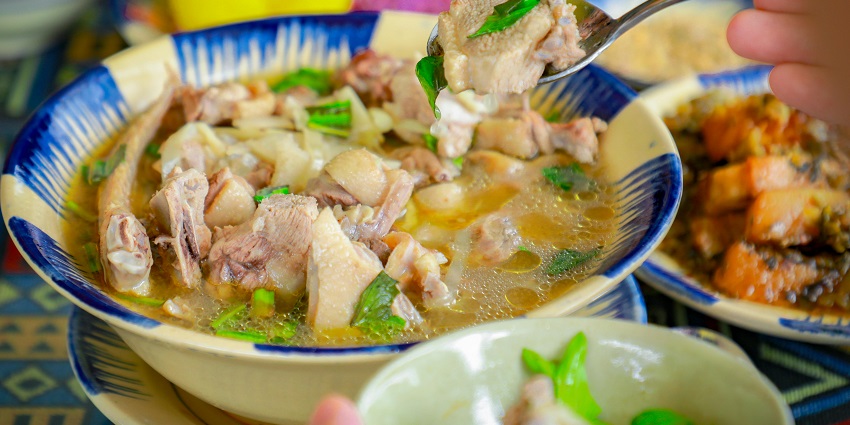
Photo: Thu Huynh / Pexels / Image For Representation Only
Khawbung, a village in eastern Mizoram, celebrates the unique Nunhlui Festival, the harvest festival of Mizoram. This relatively new addition to Mizoram’s festival calendar is a celebration of the state’s cultural heritage and is typically held in April. The festival aims to preserve and promote the traditional lifestyle and values of the Mizo people. The Khawbung village square becomes the centre of activities. Visitors can experience traditional Mizo life through demonstrations of ancient farming techniques, traditional craft-making, and folk games.
Best Time To Visit: April
Entry Fee: NA
5. Chapchar Kut
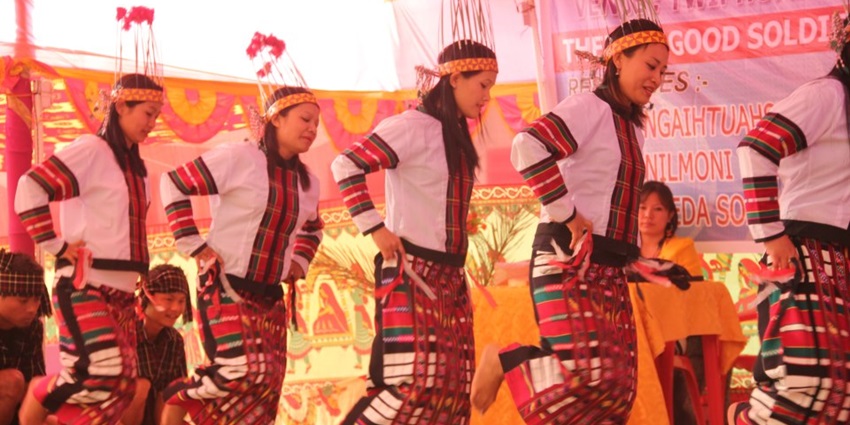
Photo: Tlinga / Wikimedia Commons
The Chapchar Kut festival, also known as the Mizo New Year, is celebrated with great enthusiasm in Mizoram. Held on the first Friday of March, this festival marks the end of the Jhum cultivation period and the beginning of spring. The celebrations include traditional dances like the Cheraw dance, Khuallam, and Chheihlam, as well as the Chai dance. People also engage in Chhawnghnawh, a pre-Christian custom of stuffing boiled eggs into each other’s mouths. The festival features arts and crafts exhibitions, traditional games, and ethnic cuisine stalls. Chapchar Kut is a vibrant and joyous occasion that brings the community together to celebrate their cultural heritage.
Best Time To Visit: March
Entry Fee: NA
Suggested Read: Mizoram State Museum
6. Lyuva Khutla
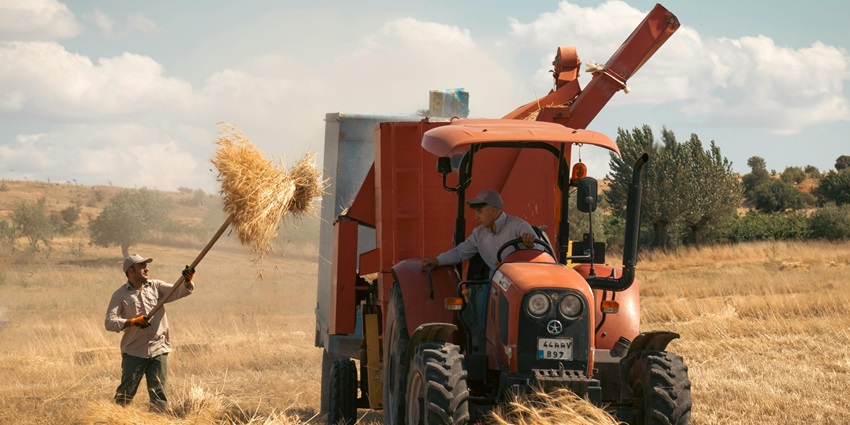
Photo: Serkan Gönültaş / Pexels / Image For Representation Only
The Lyuva Khutla festival, celebrated by the Mara tribes of southern Mizoram, marks the end of the arduous jhumming (slash and burn) season and is a time of thanksgiving to the Almighty for His blessings. Held annually in March, the festival features vibrant cultural performances, including traditional dances like Sawlakia, Khohcheino La, and Awkhy La. Visitors can witness the colourful traditional attire of the Mara tribe, enjoy melodious local music, and see children engaging in traditional games. The festival is filled with joyous celebrations, community feasts, and a sense of unity, making it a significant cultural event for the Mara community.
Best Time To Visit: March
Entry Fee: NA
7. Khuado Kut
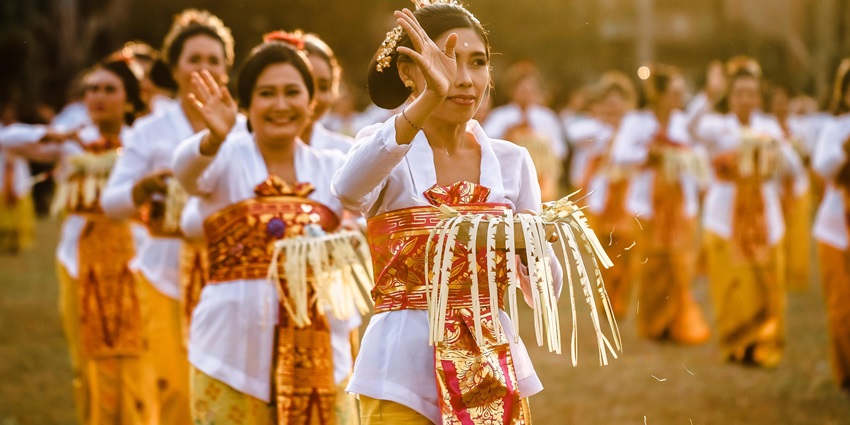
Photo: innokurnia / Pixabay / Image For Representation Only
The Khuado Kut festival, celebrated by the Paite community in Mizoram, is a vibrant expression of thanksgiving to the Almighty for a bountiful harvest. Held annually in March, the festival features traditional dances like Sawlakia, Khohcheino La, and Awkhy La, showcasing the rich cultural heritage of the Paite tribe. Visitors can enjoy the colourful attire, melodious music, and joyful atmosphere as the community comes together to celebrate. The festival also includes feasts, games, and exhibitions of local crafts, making it a lively and memorable event.
Best Time To Visit: March
Entry Fee: NA
Suggested Read: Best Things To Do In Aizawl
8. Hlukhla Kut
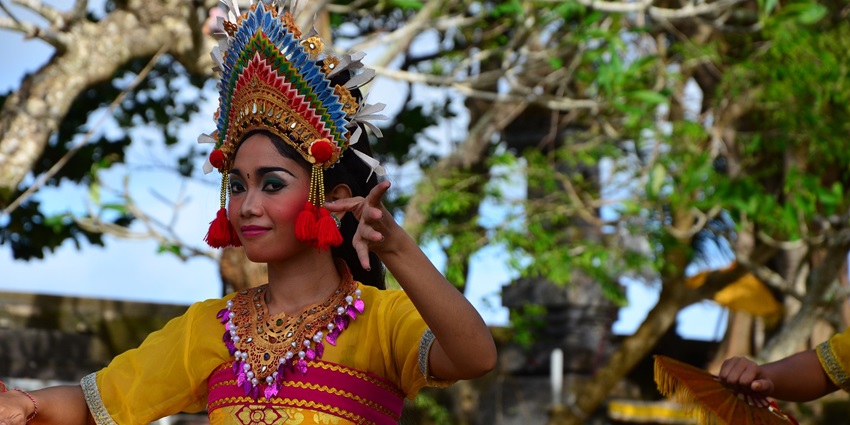
Photo: Gijsvanbilsen / Pixabay / Image For Representation Only
The Lai people of Mizoram celebrate the Hlukhla Kut celebration, which commemorates the end of the jhumming (slash and burn) season and the start of spring. This spring festival, held in March, is a time of celebration and thankfulness. Traditional dances, music, and communal feasts are all part of the event. Visitors may enjoy vivid cultural performances, traditional specialities like as pumpkin leaves stew, and the warm hospitality of the Lai people. Hlukhla Kut is a vibrant and colourful celebration that brings the community together to celebrate their cultural heritage and the richness of the crop.
Best Time To Visit: February – March
Entry Fee: NA
Where To Stay

Photo: Pixabay / Pexels / Image For Representation Only
Accommodation in Mizoram ranges from basic to comfortable, catering to various budgets. In Aizawl, hotels like Regency, Hotel Chief, and Orchid Hotel offer good amenities for those seeking comfort. Mid-range options include government-run Mizoram Tourism Development Corporation (MTDC) lodges in various districts.
Suggested Read: Discover Places To Visit In Aizawl Filled With Culture & Historic Charm
Where To Eat
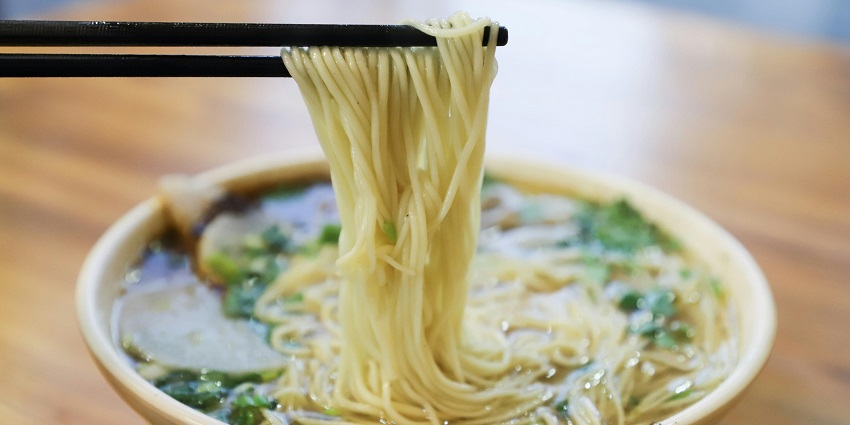
The harvest festival of Mizoram are as much a culinary delight as they are cultural experiences. Each region offers unique local cuisines that are integral to their festival celebrations. In Aizawl, restaurants like Red Pepper and Zo Kitchen serve authentic Mizo dishes. During festivals, community feasts are common, offering visitors a chance to taste traditional dishes like Bai (vegetable stew), Sa-um (fermented pork), and Misa Mach Poora (smoked fish chutney).
Best Time To Visit

Photo: DigiLife Siaha / Unsplash / Image For Representation Only
The best time to visit Mizoram for harvest festivals depends on which festival you wish to experience. However, the period from October to March is generally considered ideal, encompassing most major harvest celebrations. During these months, the temperature ranges from 11°C to 24°C, which is relatively pleasant.
Suggested Read: Discover The Most Beautiful Lakes In Mizoram For A Serene Escape
Other Factors To Consider
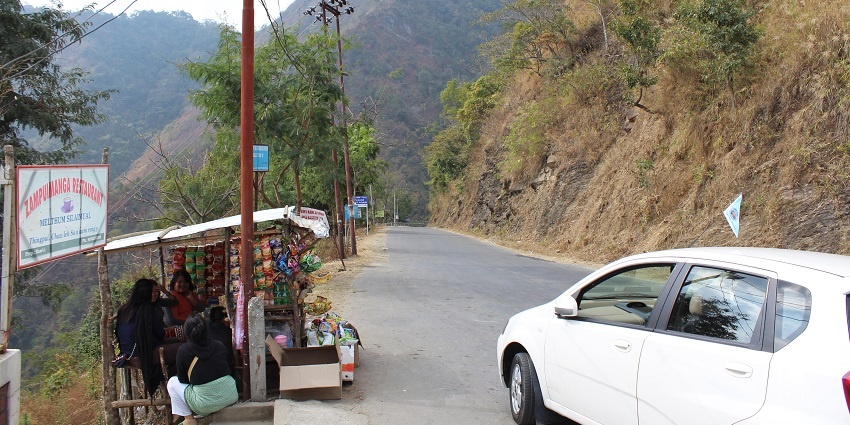
Photo: R london / Wikimedia Commons
Average Cost Of The Trip
Budget travellers can manage with about ₹1,000-1,500 per day, including basic accommodation, food, and local transport. Mid-range travellers might spend ₹2,000-3,000 daily, while those seeking more comfort could spend ₹4,000 or more. Festival times might see a slight increase in prices.
Tips For Travellers
- Carry cash, as ATMs are limited in rural areas. Credit card acceptance is not widespread outside of major hotels in Aizawl.
- Be prepared for basic amenities in more remote locations. While Aizawl offers modern facilities, smaller towns and villages might have limited infrastructure.
- Carry appropriate clothing for varying weather conditions. While days can be warm, evenings can get cool, especially in hilly areas.
- Try local cuisines, but be cautious with street food to avoid health issues. Stick to bottled water and well-cooked foods.
The harvest festival of Mizoram, such as Chapchar Kut, Pawl Kut, and Mim Kut, are vibrant celebrations of nature’s bounty and cultural heritage. From the rhythmic beats of the Khuang to the graceful movements of the Cheraw dance, each festival tells a story of Mizoram’s unique identity and deep connection to the land. To experience the charm of these festivals firsthand, plan your visit with TripXL during the festive seasons.
Cover Photo: R london / Wikimedia Commons


 WhatsApp
WhatsApp
 Twitter
Twitter









